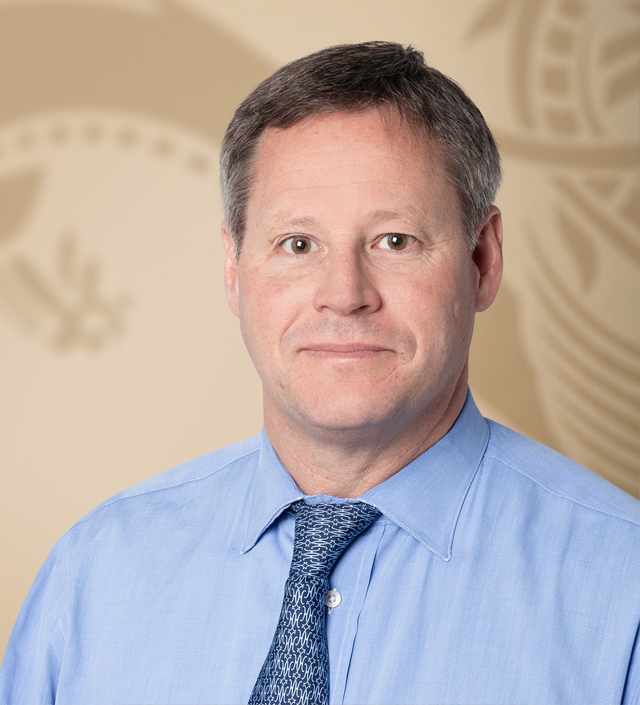Private alternative investments (alts) enjoy a long history, having traditionally been adopted by institutional investors such as university endowments, corporate/public pensions and sovereign wealth funds. Over the past decade, private alts are also seeing increased interest among RIAs and high-net-worth individuals. Our RIA firm has more than 20 years of experience in the arena. We currently have over $1 billion invested in alternatives and have a dedicated investment team that spends a significant amount of time sourcing and vetting alternatives.
Evolving Environment
We believe the current environment is favorable for considering new ideas — particularly as an avenue to diversify away from traditional investments while the stock market is hitting all-time highs and bond yields are hovering at all-time lows. As a result, we believe on a risk-adjusted basis that private alts will be additive to client portfolios over the long term.
Although short-term or recent economic developments should not overly impact alternative investment decisions made with an eye toward the next five or 10 years, longer-term trends do potentially inform where we seek to allocate capital.
Increased areas of focus for us over the past few years have included tech, software and health care, which we believe will continue to be propelled by secular tailwinds. On the flip side, we’ve been less active on the traditional energy side because of heightened volatility in recent years and the increased proliferation of renewables.
Subscribe (Minimal 2024)
"*" indicates required fields
Client Considerations
When advising clients on alternative investment options, the approach can differ significantly based on how many years they are from retirement. A 35-year-old who is solidly in the wealth accumulation phase has a much longer runway than a 60-year-old thinking about retirement in the next five years. But generally, we’re willing to take on more illiquidity for people who are still working or have lower liquidity needs relative to their overall portfolio. We believe it’s more appropriate for them to consider longer-duration strategies with a greater focus on capital appreciation than income.
When clients are on the verge of retirement or already retired, we tend to look for shorter-duration opportunities that are more income-oriented because they will be drawing more from the portfolio than in previous years. That said, some of our clients have a large enough asset level where they do not need much (or any) income and may be investing the capital for future generations.
It’s up to each client service team to understand the investment objectives, along with the risk profile, liquidity and time horizon of each client and their family. In many cases client service teams ask for guidance from the investments team to help craft an alternatives strategy and allocation.
Prospective and newly onboarded clients may have vastly different levels of understanding regarding private markets, so it is important to tailor education to their specific circumstances. This includes answering any questions they may have about alternative structures, how they work, risks, and the associated illiquidity.
Alternative Appeal
Alternative investments can provide many benefits to clients, with the ability to diversify away from public markets, and the potential to increase investment returns over the long term. The overwhelming majority of U.S. companies are private, so shifting away from public markets makes sense from a diversification perspective. We believe alternatives have the potential to reduce volatility within a portfolio because the fundamentals of many private assets, such as private companies or real estate properties, may not be highly impacted by the day-to-day changes in public markets.
Additional Reading: SEC May Require More Climate Change Disclosure By Next Year
Additionally, because of how private funds are generally structured, investors can take a longer-term approach to maximizing asset value — particularly with private equity and private real estate. Private market investments tend to be active, buy-and-hold strategies with a hands-on approach, whereas public markets can be highly influenced by shorter term events. For example, a public company that fails to hit its quarterly projections may see its stock drop.
Risk Recognition
As with any investment, there are potential risks related to alternatives. Liquidity is an important factor. Therefore, advisor needs to ensure that clients don’t become overallocated to illiquid assets.
Manager selection is another notable risk of alternative investments. In public markets, we believe the dispersion of returns among managers with the same intended strategy or benchmark won’t be significant. However, in private markets, your returns can vary considerably, because the dispersion might be substantial between top-quartile and bottom-quartile managers.
Other important considerations regarding private markets include operational and legal due diligence. Advisors must ensure that investments are made with institutional managers who have appropriate guardrails in place via their legal documentation. Finally, initial education is pivotal so that investors know exactly what they are subscribing to, particularly if they haven’t previously been exposed to these asset classes or don’t fully understand the dynamics.
Accessing Alternatives
For firms seeking to build out an alternatives program, I believe one of the most important steps is dedicating resources to sourcing and performing due diligence on alternatives managers. It’s difficult for the average advisor to serve clients on a daily basis and develop expert insight into alternative investments. That’s because private alts are so nuanced and different from public market offerings.
Knowledge must also be gained about how to source opportunities. There are several thousand private funds in the market at any given time, so the top of the funnel is very wide. Additionally, it’s quite challenging to whittle down the vast universe of managers to whoever you think will perform best within an asset class going forward. My firm dedicates such significant resources to researching and analyzing this area of the market precisely because it’s so time-consuming and resource intensive.
Scale also matters greatly when investing in alternative asset classes. Managers might have legal documents that require minimum investments ranging from $5 million to $10 million or even higher. For the average RIA managing several hundred million or even a billion dollars, it can be tough to meet those minimums.
Because my firm has accumulated years of relevant experience and manages roughly $10 billion in assets, it can access multiple avenues to reach higher minimums and become more meaningful to managers. We create funds-of-funds for clients, which allows us to make one larger commitment to managers by aggregating capital from many clients.
Other Options
Several emerging trends are intended to make alternative investments more accessible to typical RIAs, as well as high-net-worth (HNW) individuals, by providing greater liquidity. These include private debt structures designed to offer more of a liquid element, and tech-enabled platforms focused on bringing these capabilities to the HNW space. Although there tend to be a lot of qualified-purchaser options at this point, not many are yet available for accredited investors.
There are structures that may provide exposure to illiquid assets in a liquid structure, but it’s been our preference to offer the true (illiquid) experience to clients because we have that capability and believe there are increased risks with liquid options. But I think more liquid-like structures will continue to emerge, and those may make sense for some RIAs.
In general, alternative investments have become a growing area of focus for many RIAs. If an RIA isn’t currently investing in alternatives, the chances are they’re at least looking closely at the space and wondering how to get involved. Going forward, I believe alternatives will likely attract even more attention from advisors and investors.
Dan Ziznewski, CFA®, is a director at Homrich Berg a $10B Atlanta-based RIA, where he oversees sourcing, due diligence and manager selection for various private alternative asset classes, including private equity (buyout, growth equity and venture capital), private debt, natural resources and other opportunistic strategies.







